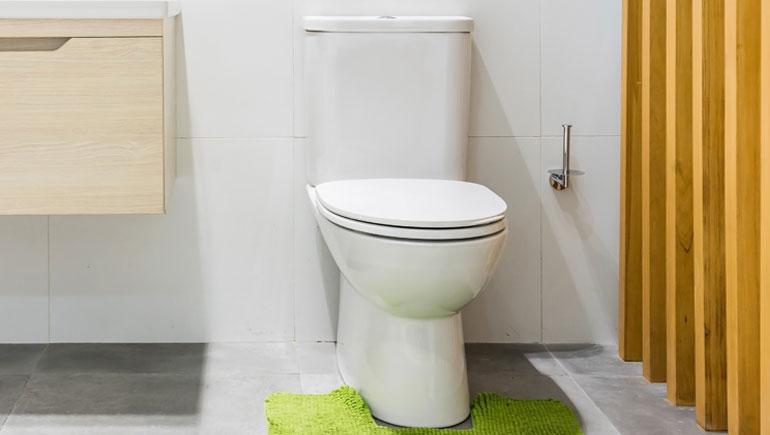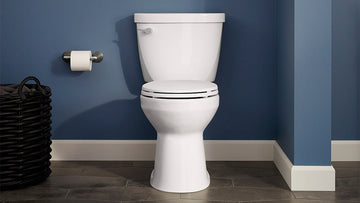As the global focus shifts towards sustainability, grasping the mechanics of water-saving toilets becomes increasingly vital, especially for those in the Industry QA sector. Water-saving toilets offer an effective solution in the effort to conserve water while promoting eco-conscious living. These advanced fixtures are engineered not only to lower water usage but also to meet all essential sanitation needs efficiently. Lets delve into the clever designs behind these toilets and their role in fostering environmental sustainability.

The Science Behind Water-Saving Toilets
Water-saving toilets feature refined flushing mechanisms that significantly reduce water consumption. Typically, they utilize a combination of high-efficiency flush valves and specialized bowl shapes that optimize flushing power while utilizing less water with each flush. Historically, conventional toilets consumed up to 7 gallons per flush; however, modern water-saving designs use as little as 1.28 gallons.Discover more about the various types of water-saving toilets.
Types of Water-Saving Toilets
1. Dual-Flush Toilets: These toilets provide two flush optionsa full flush for solid waste and a lower-water flush for liquid waste, allowing users to choose the suitable option and consequently reduce water waste.
2. Pressure-Assisted Toilets: Using air pressure, these toilets effectively push water into the bowl, requiring less water without sacrificing flushing power.
Additionally, single-flush high-efficiency toilets are a common selection, often utilizing less than 1.6 gallons per flush. To mitigate water costs and boost efficiency, many homeowners and businesses are turning to these sustainable solutions.
Benefits of Water-Saving Toilets
Water-saving toilets bring numerous advantages, making them appealing for both residential and commercial applications. For starters, they drastically lower water consumption, leading to environmental benefits and reduced utility expenses. Conserving water not only protects vital natural resources but also results in financial savings over time.Explore more about these savings.
Eco-Friendly and Cost-Effective
Moreover, minimizing water usage alleviates strain on sewage systems and wastewater processing facilities, enhancing the sustainability and efficiency of infrastructure. Additionally, installing water-saving toilets can help earn green certifications and rebates, further promoting their adoption among families and businesses.
Installation and Maintenance
Installing water-saving toilets is generally straightforward, though its advantageous to hire professionals for optimal results. Proper installation maximizes functionality and water savings. While these models are designed for low maintenance, regular inspections and timely replacements of flushing mechanisms, seals, and valves can prevent leaks and sustain efficiency.
Ensuring Longevity and Efficiency
Routine maintenance ensures these fixtures continue to perform effectively, preserving water and financial savings. Industry QA professionals recognize the importance of implementing quality assurance checks along with a proactive maintenance approach.
Conclusion
In summary, understanding how water-saving toilets work is essential for those in the Industry QA field. With their combined benefits of lower environmental impact, cost savings, and effective infrastructure usage, these toilets are a crucial element of sustainable practices. As we confront growing environmental challenges, adopting water-saving technologies in homes and workspaces can lead to a significant positive change.
For more comprehensive discussions, check out additional resources.

FAQs
1. How do dual-flush toilets save water?
Dual-flush toilets provide two flush choices: one for liquid waste, which uses less water, and a full flush for solid waste, allowing users to conserve water by selecting the appropriate mode.
2. Are water-saving toilets more expensive to install?
While there might be a higher upfront cost, the long-term savings on water bills and possible incentives can compensate for the initial expense.
3. Can water-saving toilets fit in any standard bathroom?
Yes, most models are tailored for standard bathroom fittings, but its important to confirm size and installation specifics to ensure a proper fit.
Additionally, for insights on monitoring leaks, check out Bathroom Leak Detector, explore Leak Alarms, or learn about Pipe Leak Monitoring.






